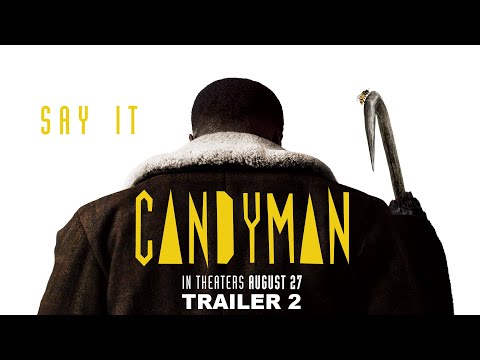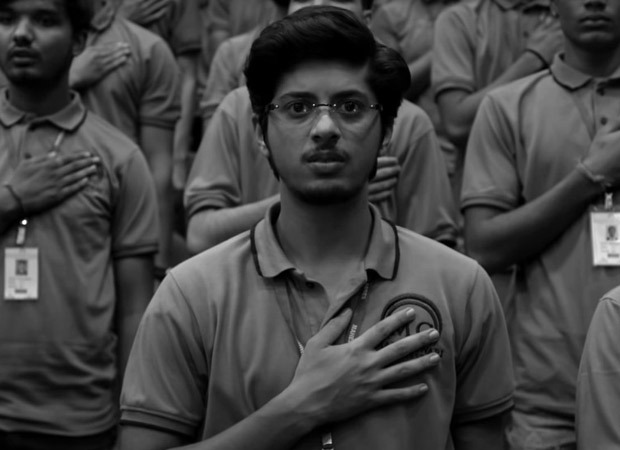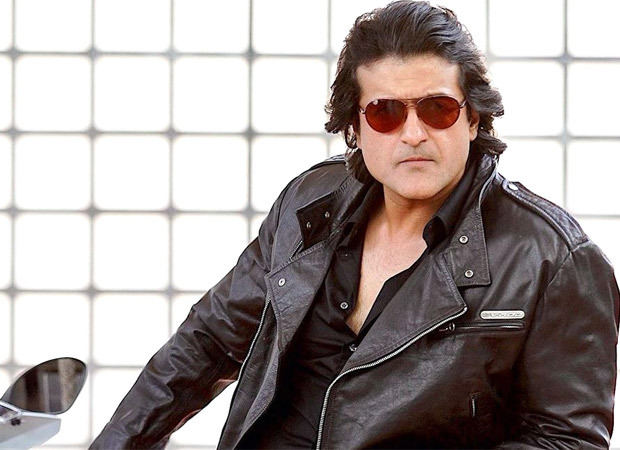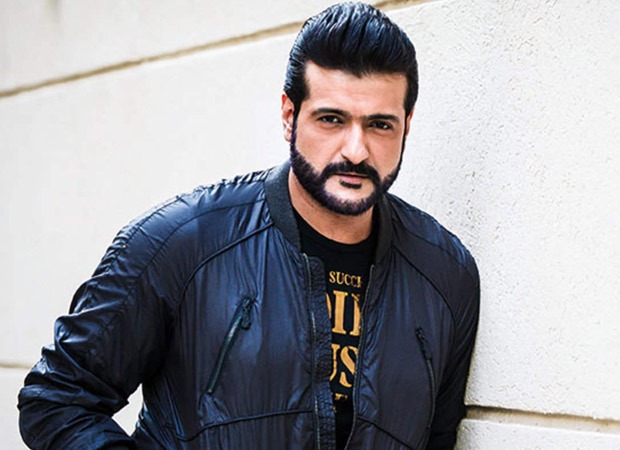“Candyman” feels like it was written hours after that awful video of George Floyd went viral.
Social commentary is part of the horror genre, even more so in our tribal times. So taking a 90s’ horror film and ramping up its racially-charged themes makes perfect sense. What’s less satisfying about the new film is all the creative doors it opens but never steps through.
And we certainly need less time spent on lectures and more on character building. This strong casts deserves nothing less.

The story opens with aspiring artist Anthony (Yahya Abdul-Mateen II) and his art-gallery director partner, Brianna (Teyonah Parris) discussing their next collaboration. She’s understandably supportive, but Anthony’s manager isn’t inspired by his latest work.
Dig deeper, he’s told.
Anthony does just that, exploring the background of the Cabrini-Green neighborhood, the public housing project highlighted in the 1992 film of the same name. He learns about the Candyman legend as well as the racial disparities that both fueled and felled the neighborhood.
Black victimization is the major through line of the film.
Anthony’s new work similarly falls flat with a trio of art critics, but the night of his big gallery showing features the return of the Candyman killer. Yes, someone said his name five times into a mirror, which as all horror fans know is like inviting him into your apartment.
Suddenly, Anthony’s art is tragically tied to the killings, raising his profile at the same time (yet no calls from the uber-racist police. Hmm.)
Is the Candyman real? Does Anthony have a connection of sorts to this supernatural killer? Can Anthony and Brianna stop the slaughter before they’re targeted next?
Director Nia DaCosta (”Little Woods,” the upcoming MCU film “The Marvels”) is here to send message after message in between the scare set pieces. She’s on to something profound by connecting past bigotry with the modern age, something the original film did with more restraint. She’s aided by perfectly creepy sound design, which works in tandem with the unnerving score to make some scenes pop.
This “Candyman” still isn’t as scary as it should be, and while the early character work is promising it’s quickly replaced by exposition and lectures.
Also noteworthy?
Anthony and Brianna inhabit a gorgeous Chicago home and live an upper middle class life in a city teeming with black-on-black violence. They ignore the latter and focus on BLM talking points about gentrification and cultural appropriation, per the script’s demands.
Seeing these characters embrace the far-left narrative feels … expected, routine. A richer film might upend these notions, surprising us along the way. That would leave us unbalanced as the shock scenes commence.
It doesn’t help that “Candyman” flirts with provocative themes but has little interest in carrying them through. Early in the film Anthony delights in his new-found fame, one that came at the cost of two lives. That duality, and darkness, suggest “Candyman” might explore a conflicted artist’s soul.
Nothing doing.

The movie takes some obvious jabs at the art gallery scene, but nothing sophisticated or fresh emerges from the blows. Other elements jump out, too, like a raging rash on Anthony’s hand that both he and Brianna ignore for what seems like an eternity.
No loving girlfriend would let that go without an Urgent Care visit, stat.
DaCosta takes full advantage of the Candyman’s mirror imagery, but there’s no one sequence you’ll remember after the end credits wrap. Her sense of composition is often richer, more rewarding than the story itself, like a slow fadeout that reveals an entire apartment complex at night.
RELATED: ‘Beneath Us’ Parodies Socially Aware Horror Films (By Accident)
“Candyman” isn’t as ferociously dull, and misguided, as last year’s “Antebellum,” another progressive shocker with racial polemics front of mind. The actors here are to good, the sound bed too creepy, to let our minds drift far from the narrative.
“Candyman” isn’t a remake but a sequel-of-sorts, a continuation of the original film that keeps some, not all, of its narrative DNA intact. That film, a low-fi classic, captured black angst without letting it consuming the shocks or story. It funneled racial angst and mistreatment, while the new film gorges itself on both fronts.
When every cop in the film is white in a city like Chicago, you know the partisan fix is in.
Producer Jordan Peele of “Get Out” fame co-wrote the script, and he’s clearly leaned into the BLM narrative since that breakout feature. “Get Out” offered a subtlety to its commentary, shaking our expectations in the process. That sense of surprise is absent here.
Had DaCosta and co. waited a few years after the Floyd riots to make a “Candyman” extension we might have a richer, less obvious story to enjoy.
HiT or Miss: “Candyman” cleverly connects to the 1992 film, but it lacks that story’s gravitas and nuance in addressing racial bigotry, let alone the scares that made it a classic.
The post ‘Candyman’ – BLM and Horror Make Uneasy Alliance appeared first on Hollywood in Toto.
from Movies – Hollywood in Toto https://ift.tt/2XMjBez





























